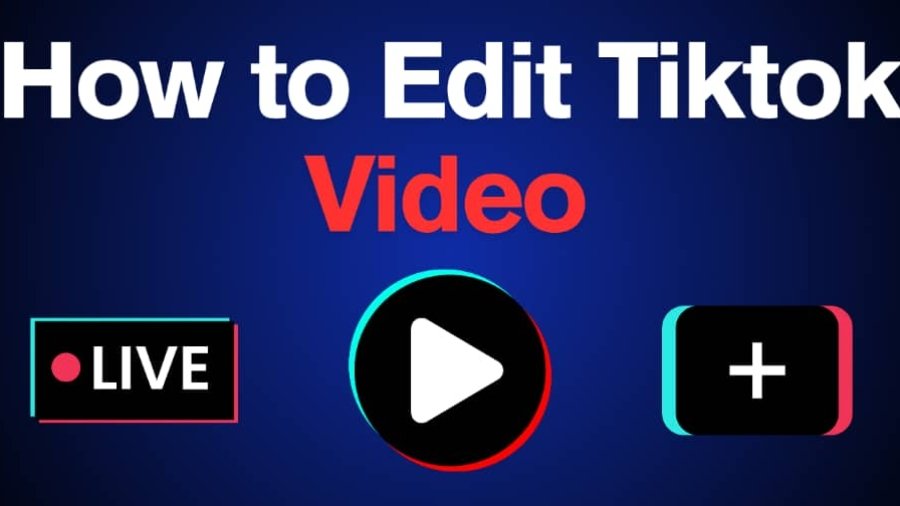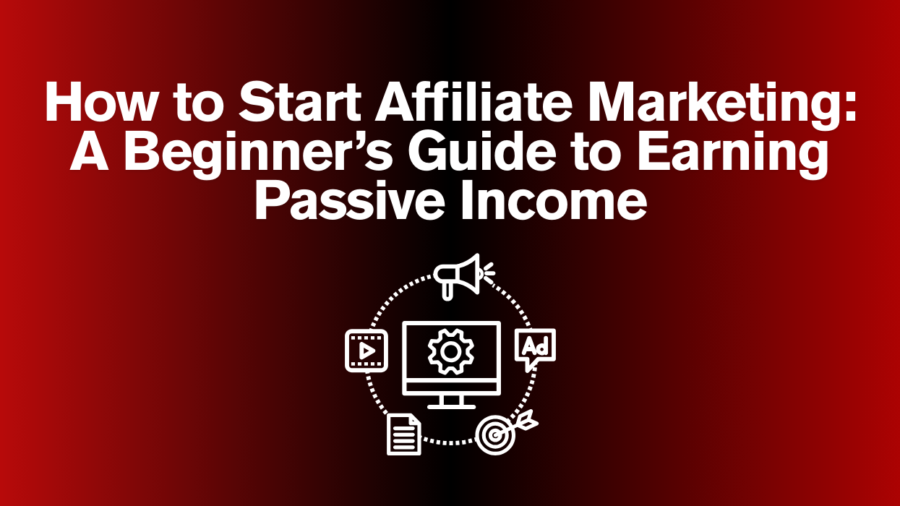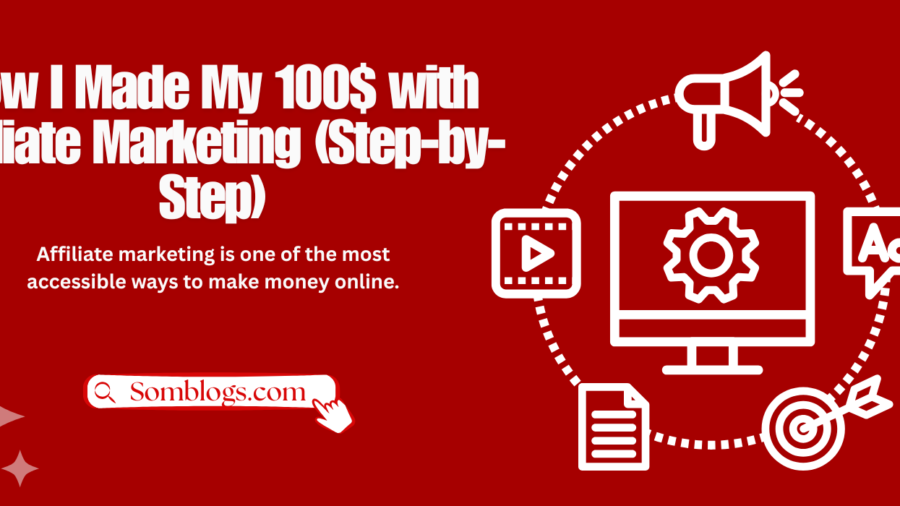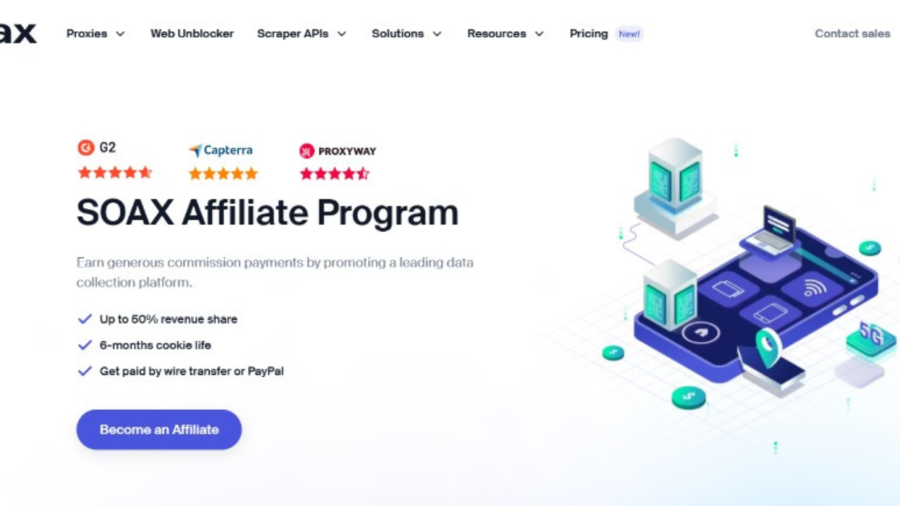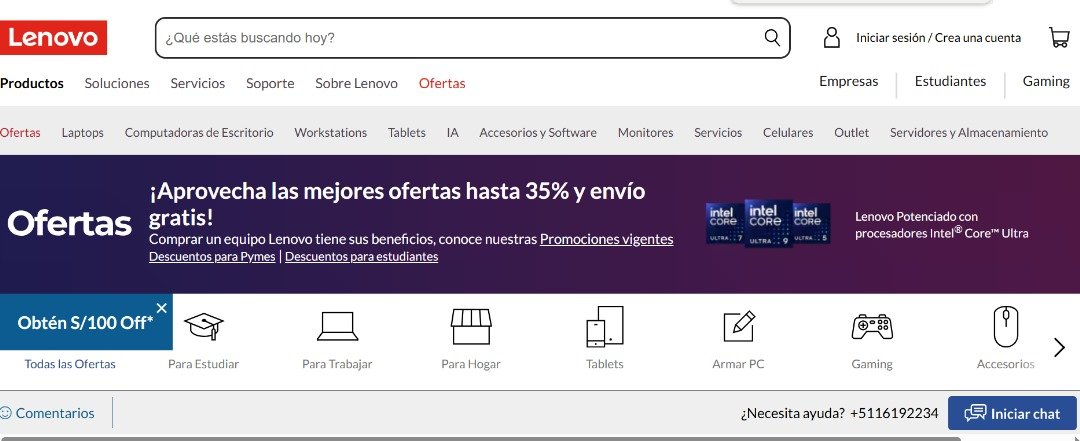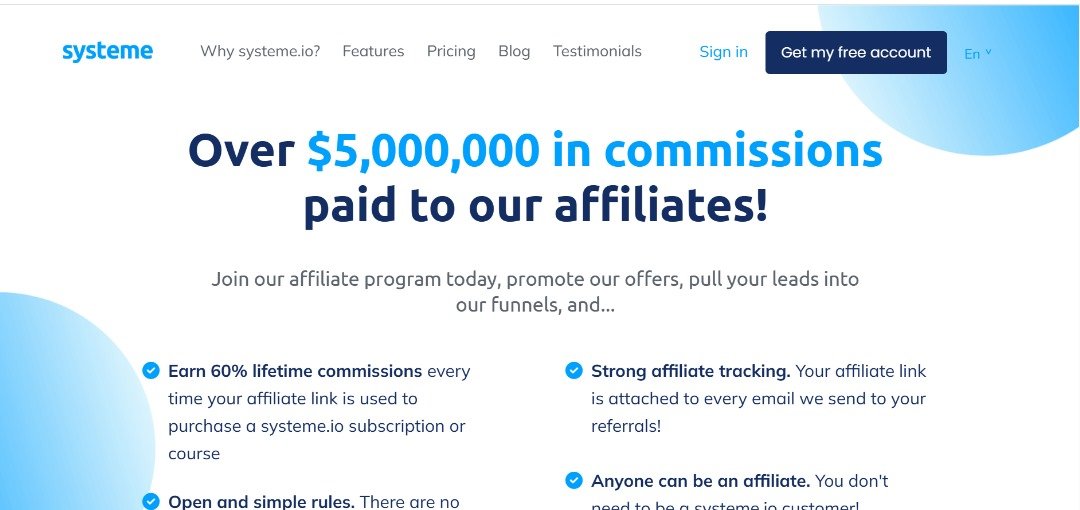When it comes to running a successful eCommerce business, choosing the right marketing channels is crucial for driving traffic, boosting sales, and building long-term customer relationships. With a plethora of digital marketing options available today, the process of selecting the best channels can feel overwhelming. However, by considering your target audience, budget, and goals, you can identify the channels that will yield the highest return on investment and deliver measurable results for your business.
In this blog post, we will explore the key factors you need to consider when deciding on the best marketing channels for your eCommerce business, as well as tips for optimizing your strategies to drive growth.
1. Understanding Your Target Audience- marketing channels
Understanding your target audience is the foundational step in choosing the right marketing channels for your eCommerce business. Without a clear understanding of who your customers are, their preferences, and where they spend their time online, you risk wasting time and resources on channels that may not be effective in reaching the right people. When you know your audience inside out, you can make strategic, data-driven decisions about where to invest your marketing efforts for the best results.
Key Audience Factors to Consider:
1. Demographics: marketing channels
Demographics are the basic characteristics of your audience, such as age, gender, location, income level, and occupation. These factors help you understand who your ideal customers are. For example:
If you’re selling high-end fashion, your target demographic may be affluent individuals aged 25-40 who live in urban areas.
If your product is geared toward students, your target demographic might be young adults aged 18-24, possibly living on college campuses.
Understanding demographics allows you to choose marketing channels where these groups are most active. For instance, a young audience might be highly active on social platforms like TikTok or Instagram, while older professionals might engage more on LinkedIn.
2. Interests: Knowing your audience’s interests is key to crafting messages that resonate with them. What are they passionate about? Do they follow specific trends, communities, or lifestyles? For example, if you’re selling outdoor gear, your target customers might be interested in hiking, adventure sports, or eco-friendly living.
By aligning your marketing with their interests, you can ensure that your content feels relevant and valuable. For instance, content related to nature conservation could work well for an eco-conscious audience, and influencer collaborations could help tap into specific niche groups.
3. Online Behavior Online behavior refers to how your target audience interacts with the internet, including where they browse, shop, and spend their time. For example:
Do they frequently browse social media for product recommendations and entertainment?
Are they more likely to search for products on Google before making a purchase decision?
Do they engage with blogs, online reviews, or forums to research products?
Understanding these behaviors helps you decide where to focus your marketing efforts. If your customers tend to engage more on Instagram and Pinterest, you might want to invest heavily in visual content and social media ads. If they conduct product research on Google, then optimizing for SEO and investing in Google Ads (PPC campaigns) may be more effective.
Choosing the Right Marketing Channels Based on Audience Insights:
Once you understand these factors, you’ll have a clearer picture of where to reach your customers effectively. For example:
Social Media Marketing: If your audience is active on platforms like Facebook, Instagram, or TikTok, you can create targeted ads, run influencer campaigns, and post organic content to build engagement and drive conversions.
SEO and PPC Campaigns: If your customers are more likely to search for products on Google, focusing on SEO to improve organic rankings and running PPC campaigns can help you capture high-intent traffic when they’re actively looking for products like yours.
In summary, understanding your target audience’s demographics, interests, and online behavior is crucial for selecting the best marketing channels for your eCommerce business. By tailoring your marketing efforts to where your customers spend their time and how they interact with content, you can drive better results and more effectively engage with your audience.
2. Setting Your Marketing Budget
Once you’ve gained a deeper understanding of your target audience, the next step is to set your marketing budget. Your budget will directly affect the marketing channels you can afford and how you allocate resources across various campaigns. It’s essential to set a realistic and flexible budget that aligns with your goals, allowing you to maximize your marketing impact without overspending.
Here are some key budget considerations to keep in mind:
1. Social Media Advertising
Social media platforms like Facebook, Instagram, and Twitter offer highly affordable advertising options with flexible budgeting. This makes social media advertising ideal for businesses with varying budgets, as you can start small and scale your efforts once you start seeing positive results. With advanced targeting options, you can ensure that your ads reach the right audience, making this a great option for businesses looking to maximize their spend and increase brand awareness.
Why it matters: Social media ads allow you to test different creatives, messages, and audience segments with minimal upfront costs. You can also adjust your budget in real-time based on the performance of your ads, which gives you flexibility and control over your spend.
2. SEO and Content Marketing
SEO (Search Engine Optimization) and content marketing are long-term investments that require patience but tend to offer high returns over time. SEO involves optimizing your website and content to rank higher in search engine results, while content marketing focuses on building brand authority through valuable resources like blog posts, videos, and guides.
Why it matters: While the initial costs for SEO and content marketing can be relatively low, these strategies compound over time, providing organic traffic and lead generation without the ongoing cost of ads. It’s an excellent option if you’re looking to establish your brand’s online presence sustainably.
3. Email Marketing
Email marketing is one of the most cost-effective channels for nurturing leads and converting them into loyal customers. The upfront costs are generally low, as many platforms offer affordable pricing tiers, and the ROI can be quite high if done correctly.
Why it matters: With email marketing, you can communicate directly with your audience, offering personalized promotions, newsletters, and updates. It’s a highly effective way to engage with potential and existing customers, and because the costs are relatively low, it offers an excellent return on investment if you maintain a quality email list and send targeted content.
4. Paid Ads (PPC) – marketing channels
Paid ads, such as Google Ads and paid search campaigns, generally require a higher initial investment. However, they offer quick, measurable results and can drive traffic to your site almost immediately. With paid ads, you only pay when someone clicks on your ad (PPC), so you can directly track the effectiveness of your campaigns.
Why it matters: If you need immediate visibility or have a short-term goal in mind (e.g., a product launch or seasonal promotion), PPC can be a powerful tool. The ability to track and measure ROI quickly allows you to adjust campaigns as needed to maximize the effectiveness of your spend.
Setting Your Marketing Budget – marketing channels
When determining your marketing budget, it’s important to establish clear financial goals and match your spend with the channels that best align with your business objectives. Make sure to prioritize channels that offer the highest return and scalability for your specific needs.
Once your budget is set, continuously monitor your spending and performance to avoid overspending. Marketing budgets should be flexible—if certain channels are underperforming, reallocate funds to those showing better results.
With careful planning and thoughtful allocation, your marketing budget will help you drive results, increase brand awareness, and ultimately contribute to your business’s success
3. Aligning Marketing Channels with Your Business Goals
Every eCommerce business has specific goals, and choosing marketing channels should be aligned with these objectives. Whether your goal is to build brand awareness, increase website traffic, or boost sales, certain channels will better support these ambitions.
Example Goals and Marketing Channel Alignments:
Increase Brand Awareness: Social media platforms like Instagram, TikTok, and YouTube are ideal for building brand awareness. Engaging content, influencer collaborations, and interactive campaigns can help spread the word about your brand and increase visibility.
Drive Website Traffic: To increase website traffic, focus on content marketing, SEO, and paid ads. Creating high-quality blog posts optimized for SEO can improve your search engine rankings and drive organic traffic. Additionally, PPC campaigns through Google Ads can generate immediate traffic to your site.
Boost Sales: If your primary objective is to drive sales, email marketing and retargeting ads can be highly effective. Email marketing allows you to send personalized offers to existing customers, while retargeting ads bring back potential customers who have shown interest but haven’t yet made a purchase.
Understanding how each marketing channel fits into your business goals helps you prioritize your efforts and resources effectively. Align your channels with the desired outcomes to ensure you’re working towards measurable success.
4. Testing and Measuring Results: Optimize Your Campaigns
Once you’ve selected your marketing channels, the next step is to implement your strategy and start tracking your results. Marketing is not a one-size-fits-all approach, so it’s essential to regularly test, optimize, and refine your campaigns to ensure you’re getting the best possible results. Here are some key metrics you should monitor to track the success of your marketing efforts:
1. Website Traffic – marketing channels
Website traffic is a crucial metric to understand how well your marketing efforts are driving visitors to your website. Whether you’re using SEO, paid ads, or social media campaigns, tracking where your traffic is coming from (organic, paid, referral) helps you determine which channels are working best for your business.
By understanding the sources of your traffic, you can allocate your resources more effectively. If you find that one channel (like paid ads) is bringing in significantly more traffic than others, you can focus your efforts there to boost results.
2. Conversion Rates -marketing channels
While attracting visitors is important, the ultimate goal is to convert those visitors into customers or leads. Conversion rates tell you how many of your website visitors are taking the desired action—whether it’s making a purchase, filling out a contact form, or subscribing to your newsletter.
If your conversion rates are lower than expected, it could be a sign that your messaging needs to be fine-tuned, your website user experience needs improvement, or you’re targeting the wrong audience. Regular monitoring of conversion rates helps ensure that your marketing campaigns are moving visitors down the funnel to take action.
3. Return on Investment (ROI)
Return on investment (ROI) is one of the most important metrics for evaluating the financial success of your marketing efforts. By comparing the revenue generated from your campaigns to the costs associated with those campaigns, you can determine which channels are the most cost-effective.
Understanding your ROI allows you to make data-driven decisions on where to allocate your budget. Channels that provide a high ROI should be prioritized, while underperforming channels can be refined or eliminated.
4. A/B Testing
A/B testing (or split testing) is a powerful tool for optimizing your marketing campaigns. It involves creating two variations of a campaign element—such as a headline, image, or call-to-action—and testing them with your audience to see which version performs better.
Through A/B testing, you can improve everything from your email subject lines to your website design. This ongoing process of experimentation ensures that your campaigns evolve based on what actually works with your audience, helping you maximize results over time.
5. Adapting to Changes and Trends
The digital marketing landscape is constantly evolving, and the channels that work today may not be as effective in the future. For instance, the rise of new social media platforms, changes in Google’s search algorithms, and shifts in consumer behavior can all impact the effectiveness of your chosen channels.
To stay ahead of the competition and adapt to industry changes, you should regularly evaluate your marketing performance and be open to experimenting with new tactics. This could mean incorporating new social media platforms, exploring emerging advertising technologies, or adjusting your SEO strategy to align with search engine updates.
By staying flexible and being willing to pivot, you can keep your eCommerce business thriving in an ever-changing digital world.
Conclusion – marketing channels
selecting the right marketing channels for your eCommerce business is crucial for driving growth and achieving long-term success. By understanding your target audience, setting a clear budget, aligning your channels with business goals, measuring results, and adapting to changes, you can create a marketing strategy that delivers measurable outcomes and maximizes ROI.
It’s important to remember that there is no one-size-fits-all solution. What works for one business may not work for another, so it’s essential to carefully evaluate your options, test different strategies, and continually optimize your efforts. By doing so, you’ll ensure that you’re reaching the right audience at the right time with the right message.
With the right marketing channels and strategies in place, your eCommerce business can grow, build a loyal customer base, and stay competitive in an increasingly crowded digital marketplace.


